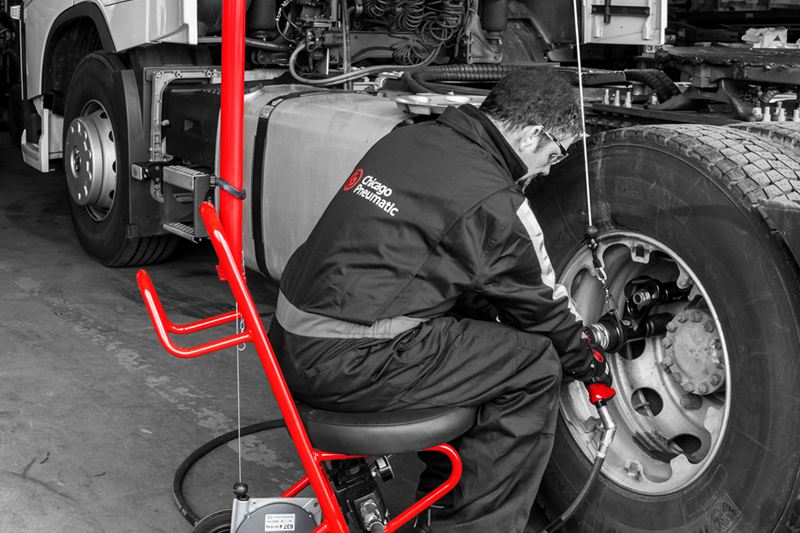
Calibration is a vital step in ensuring that tools are working as they should be: giving correct readings, providing a safe working environment for end-users, and ensuring that companies are upholding their legal obligations. However, calibration is often confused with accuracy and precision. Chicago Pneumatic explores what is meant by calibration, and why it’s so important.
What is calibration?
Your tool is working fine, but how do you know that it is measuring accurately? This is where calibration comes in. Calibration, by definition, is determining and documenting the difference in readings given by a tool, compared with a reading given by a measuring standard (a fixed device that is known to be accurate).
It is generally followed by the adjustment of the tool. This process checks whether the values are within an acceptable range (tolerance level) in relation to the specific application. If not, then the equipment must be adjusted to make sure that the deviation between the actual and the required value is minimal, and that the tool will have its original performance accuracy restored, giving more precision. A calibration check can be done after adjustment of the tool.
Why calibrate?
The performance of tools and instruments tend to drift over time, and every tool eventually loses accuracy to some extent. An example of this could be a non-impact tool, such as a BlueTork nutrunner, which is used to tighten the bolts on truck wheels: its torque can vary over a few years under normal operating conditions. Although the torque value is the same, the actual measured value could be different. In the first couple of years, the values may stay within the tolerance interval, but at year three, it falls outside the tolerance interval and the nutrunner must be adjusted to ensure that it continues to provide an accurate result. By calibrating and adjusting the tools, it ensures that their precision remains at the required level. There are three reasons why this is important:
1- The tool works properly, maintaining correct tightening over time.
2- The company complies with standards and quality system regulatory requirements, and therefore avoid possible legal consequences regarding product liability. If a company is ISO 9001 certified, it is required to calibrate its tools to ensure the quality of the finished products and services.
3- The process guarantees safety for both employees and customers.
At the end of the calibration process, a calibration certificate must be delivered by a laboratory. Note: a test certificate is different from a calibration certificate. Test certificates only show the performances of the tool at a given point of time.

How to calibrate tools?
Only laboratories complying with ISO/IEC 17025 can deliver a valid calibration certificate. You can contact your local accreditation organisation to get the list of all accredited laboratories.
How often should the tools be calibrated?
The quality standard ISO 9001 does not specify the calibration period and frequency depends on several factors: for example, the use of the tool and the environment. Calibration may need to be carried out as often as daily, or as little as yearly (for example, manual torque wrench calibration is recommended once a year or every 5000 cycles – whichever comes first). So, ultimately, it is up to the maintenance manager to specify a reasonable calibration interval as they understand their job and the tools’ application better than anyone else.
There are four tips to determine how often calibration should be carried out:
1- Check the equipment manufacturer’s measurement recommendation (should calibration be performed after a certain number of cycles?)
2- What is the equipment stability history?
3- How important is the measurement in question?
4- What are the risks and consequences of a situation beyond tolerance?








